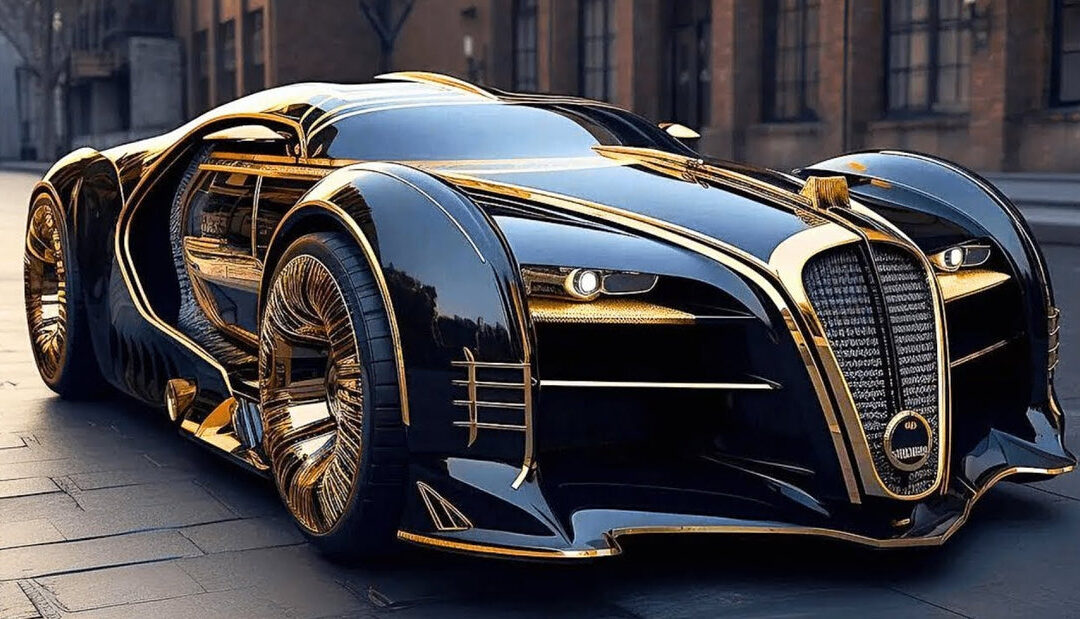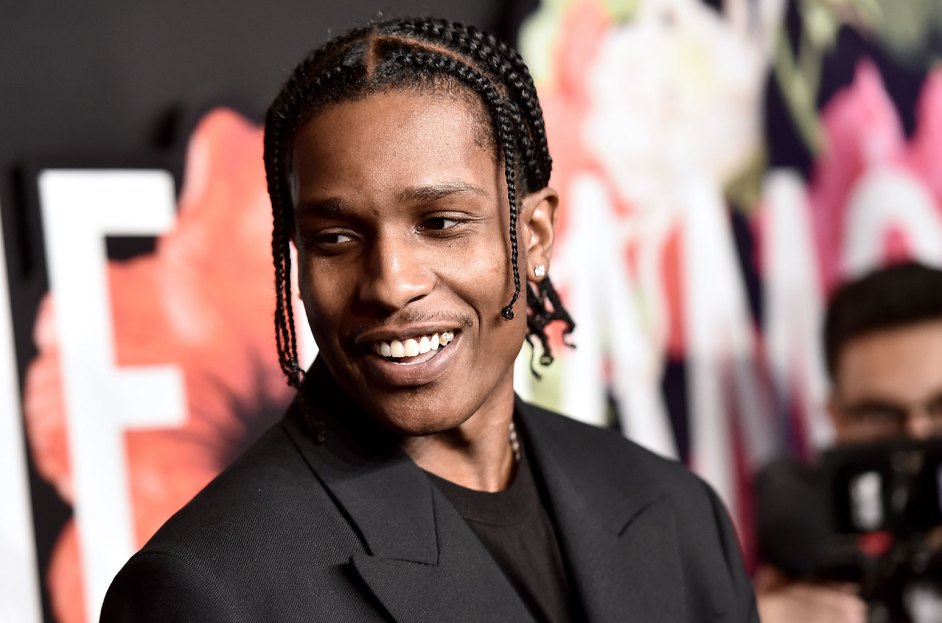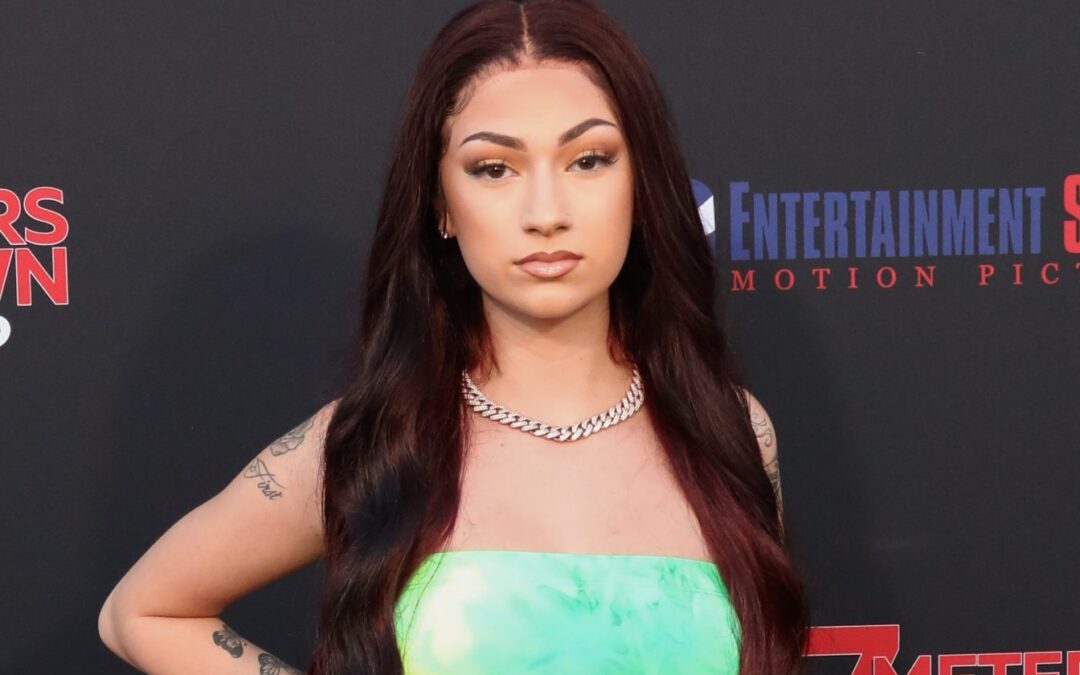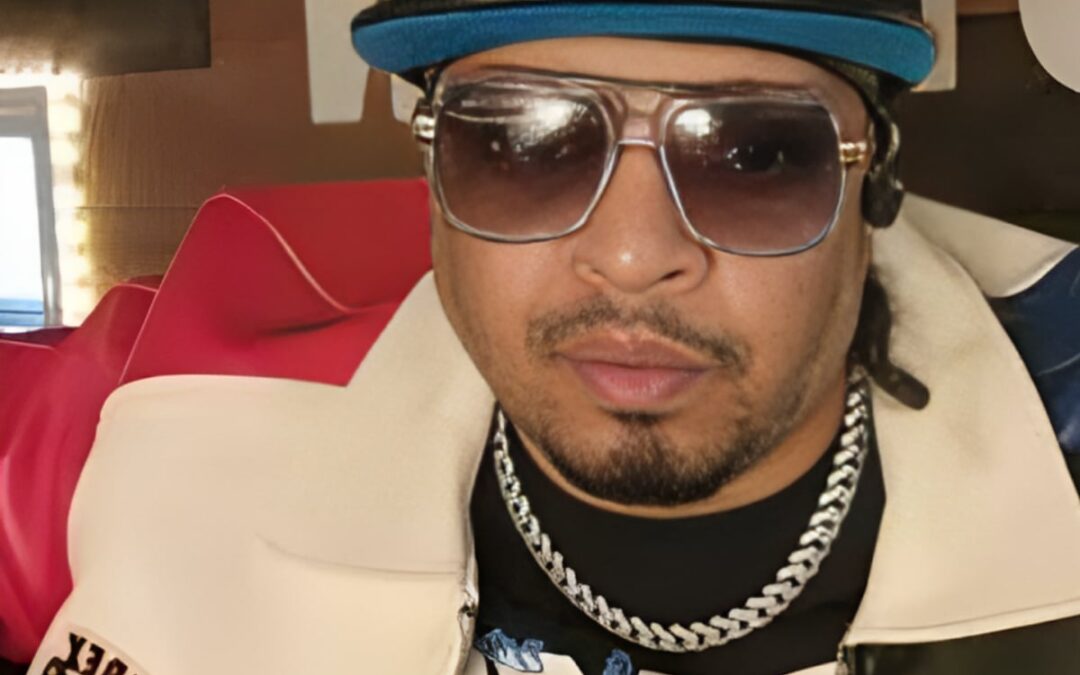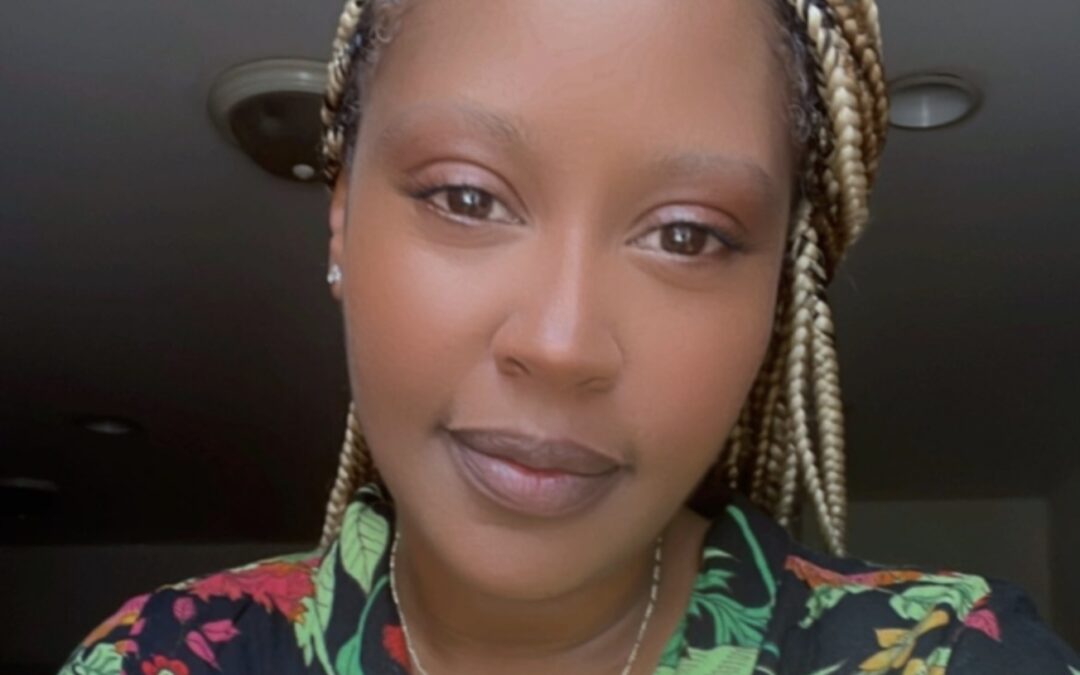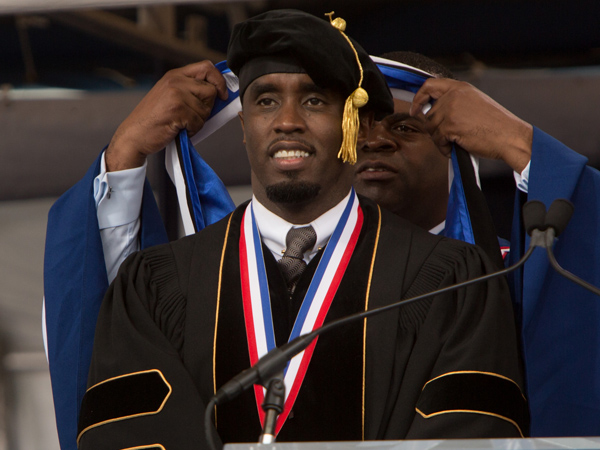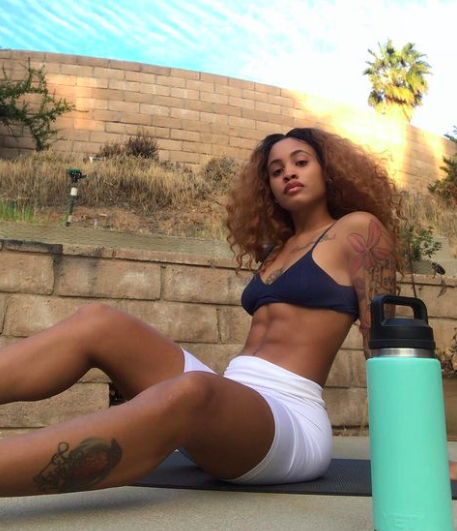[mobilead]
Kendrick Lamar cemented his spot as hip-hop’s top young lyricist when he dropped the classic album, good kid, m.A.A.d city in late 2012. Since then, K. Dot has been working diligently on his follow up major label release, and besides a guest verse like “Control” every now and then, we’ve haven’t heard much from the Compton based rapper since GKMC. A lot has changed in hip-hop and urban communities since 2012, most importantly a handful of violence towards minorities in America that has caused protests worldwide and as a result racially charged conversations are more mainstream than ever. In hip-hop culture, we’re in the midst of an awkward torch bearing ceremony, with Kendrick Lamar and Drake at the top of the food chain for the new generation of rappers. While Drizzy’s legacy is consistently running the radio, King Kendrick’s reign relies on being the politically aware lyricist who doesn’t run away from his responsibilities as a cultural influencer. In true leader form, Kendrick Lamar almost duplicates the impact good kid, m.A.A.d city‘s impact with his new album, ‘To Pimp A Butterfly’ delivering a project that is just what hip-hop needed to hear. The sophomore slump is just a myth to the TDE soldier, who once again validates why is the premier lyricist in the new crop of rappers.
To Pimp A Butterfly is as conceptually beautiful as the title suggests. Metaphorically the title explains the cause of the emcee’s depression, feeling pimped for monetary purposes as a musician. In addition, the To Pimp A Butterfly can speak on how blacks and minorities are loved for their contributions to sports and arts, but are shunned as people. Last but not least, the To Pimp A Butterfly speaks on how rappers approach artistry as a whole, forgetting their feelings and responsibilities as influencers to stay in the game.
[mobilead]
Kendrick Lamar speaks on the last entendre throughout the album with a reoccurring stanza: “I remember you was conflicted, misusing your influence, sometimes I did the same, abusing my power full of resentment, resentment that turned into a deep depression, I found myself screaming in a hotel room…” good kid, m.A.A.d city was an easy album to understand, a teenager going through the trials and tribulations of growing up while facing the troubles of his upbringing in an under-developed and gang-violence filled community. To Pimp A Butterfly is full of layers, almost to the point where it seems Kendrick Lamar doesn’t want you to understand. Maybe K. Dot wants you to be misunderstand and misinterpret his music to replicate his depressed state of mind while curating the audio painting. Sonically, vinyl samples and live instrumentation is present for much of the album, which pushes forward the human and real feel. Kendrick Lamar’s growth as an artist and addiction to the craft of making music is shown in his poetic verses and singing melodies accompanied by the jazz and funk inspired instrumentation. The jazz and funk elements of To Pimp A Butterfly speak pro-black just as much as K. Dot’s repetitive emphasis on self-worth in his lyrics throughout the album.
Four listens in, the message of To Pimp A Butterfly is still hard to marinate. Kendrick Lamar continues to push culture forward without compromising hip-hop’s essence. Essentially, Kendrick just set the bar high for the best rap album of 2015, which will include future releases from Drake and Kanye West. The album’s outro, “Mortal Man” features a rare Tupac interview that the Compton MC uses to stage a conversation, and 20 years removed from Pac’s release of Me Against The World, it’s safe to say Shakur would be proud of the pro-black and socially conscious To Pimp A Butterfly album. Read our full album track-by-track breakdown below.
[mobilead]
[ad2] [startslideshow]




